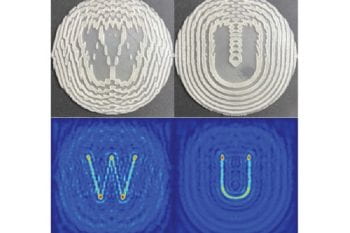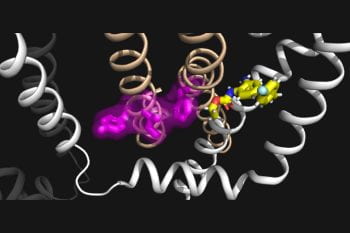Much of cell behavior is governed by the actions of biomolecular condensates: building block molecules that glom together and scatter apart as needed. Biomolecular condensates constantly shift their phase, sometimes becoming solid, sometimes like little droplets of oil in vinegar, and other phases in between. Understanding the electrochemical properties of such slippery molecules has been […]
Uncovering the electrochemistry of condensates











































